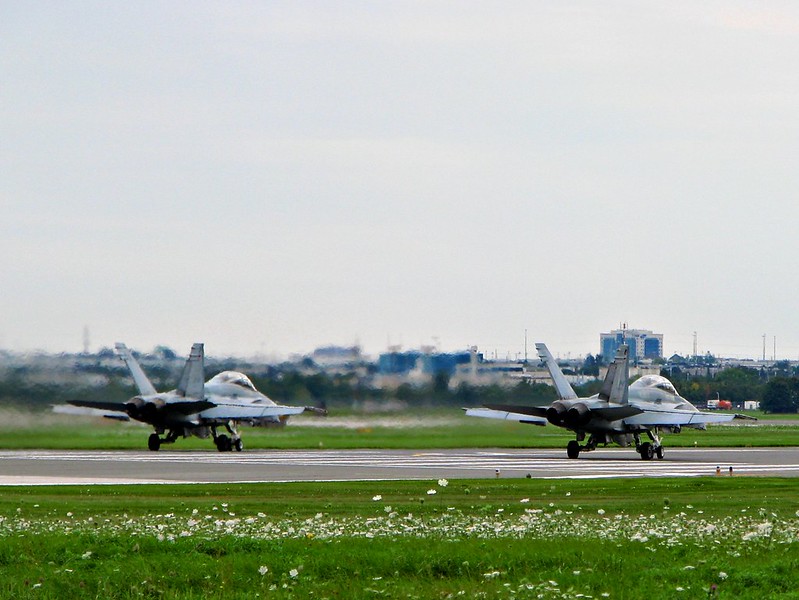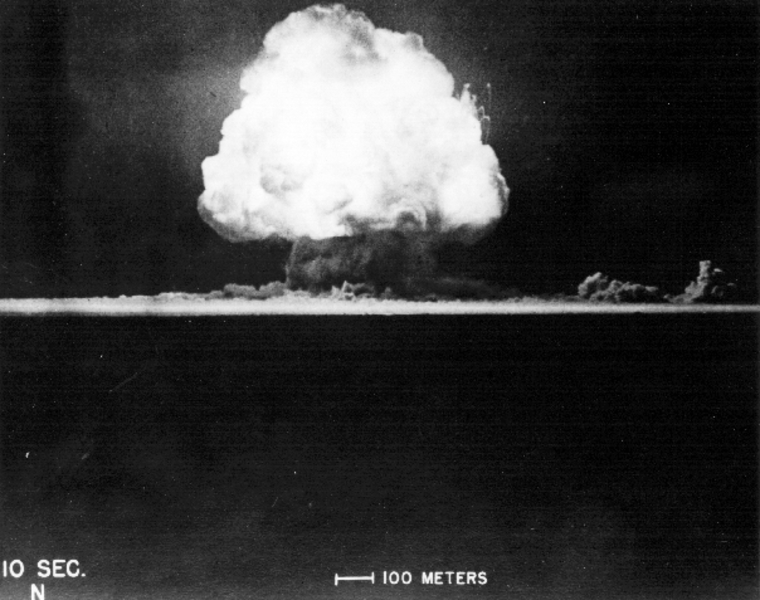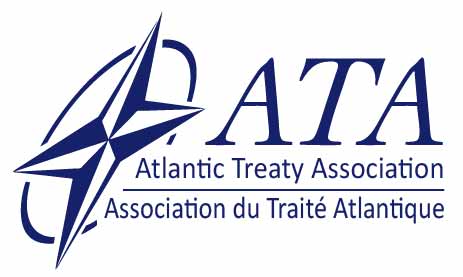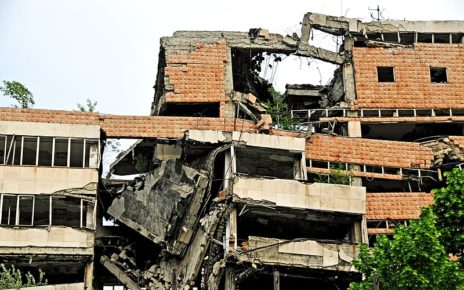On April 26, 2021, the federal government approved the new federal budget first proposed on April 19 by Deputy Prime Minister Chrystia Freeland. The vote was 178-157, with the NDP supporting Prime Minister Justin Trudeau’s Liberal Party, and the Conservative, Bloc Quebecois, and Green party voting in opposition. This article explores the implications of Budget 2021 for military spending and Canadian operations abroad. Specifically, this article will examine aspects of Chapter 9.3 that address domestic and international defence. The $236.2 million towards addressing sexual misconduct and gender-based violence in the military is extremely important but is the subject of a separate article. While the budget provides no new, revolutionary ideas in defence spending, it reaffirms Canada’s commitment to international peace and invests in Canada’s social, economic, and civilian security.
Budget 2021 is best understood through the lens of the 2017 Canadian defence policy Strong, Secure, Engaged (SSE). SSE was premised on a new vision for defence: “strong at home, secure in North America, engaged in the world.” The defence policy commits to increasing annual defence spending from $18.9 billion to $32.7 billion. Budget 2021 reaffirms Canada’s commitment to this policy by increasing military expenditures related to Canada’s security interests.
To strengthen Canada at home, the budget allocates $134.4 million over five years to healthcare for service members and $70.8 million over ten years to better equip the Coast Guard and military. To secure North America, $163.4 million over five years will modernize NORAD’s infrastructure to better defend against threats to the continent. Moreover, the budget allocates $88.8 million over five years to maintain the existing Arctic defence facilities. Finally, to engage with Canada’s allies, the budget includes $541.2 million over five years to maintain an additional six fighters and one frigate to support the NATO Readiness Initiative. Furthermore, $305.9 million over five years will cover additional Canadian contributions to NATO’s budget and military activities.
These military investments begin to address the longstanding concerns of Canadian defence officials. These officials have warned that the ageing technology of NORAD – some of which dates to the 1980s – cannot correctly identify modern threats. Moreover, the increased contribution to NATO is Trudeau keeping a 2019 promise. Canada’s total commitment to NATO will now be 12 CF-18s, an expeditionary air task force, a maritime patrol aircraft, three frigates, a submarine, a mechanized infantry battalion, a mobile hospital, and a platoon for chemical, biological, radiological, and nuclear decontamination. These contributions indicate a continued commitment to Canada’s SSE through the support of their NATO allies and a desire to maintain a presence in promoting international peace and security.
This increase in defence spending mirrors the trend occurring worldwide. Despite the economic toll stemming from the pandemic, global military spending increased by 2.6 percent in 2019-20. A report published by the Stockholm International Peace Research Institute found that among the top 15 countries with the largest military expenditures, NATO members such as the US, UK, Germany, France, and Canada all increased their spending. There are two reasons for this change. First, NATO members have increased spending in response to the 2014 annexation of Crimea by Russia. In addition, pressure from Former President Donald Trump on NATO countries to spend the recommended 2 percent of GDP on military expenditures has resulted in increased contributions. Canada’s 2.9 percent change in 2019-20 was on par with France and the UK, indicating Canada’s desire to maintain a critical role in international security. Budget 2021 continues to signal Canada’s desire to maintain its involvement in NATO.
The second reason behind the increased military spending is the desire for countries to pursue economic stimulus policies. Concerns over military budget cuts due to COVID-19 stem from government austerity practices in response to the 2008-09 financial crisis. Governments worldwide, including that of Canada under Stephen Harper, cut military spending to help balance the economy. However, some countries are now just returning to their pre-2009 economic levels. This economic stimulus explanation leads to the critique that spending should not go towards the military but instead be devoted to social policies that can fight global threats such as pandemics and climate change. Policies such as healthcare, housing, and education are important avenues for economic stimulus that some argue should be prioritized.
This aforementioned argument fails to consider that investment into the military is also an investment in terms of Canada’s comprehensive security. For example, the Canadian military has played a crucial role in handling the COVID-19 pandemic. In the early months, Canadian personnel were deployed to long-term care facilities, supported northern and remote communities, and distributed personal protective equipment. More recently, Operation Vector has supported vaccine distribution. The reliance on the Canadian military highlights their logistical expertise and the importance of maintaining a modernized institution.
Returning now to the budget, the investment into NORAD will have benefits beyond its original scope. NORAD works with civilian law enforcement to track aircraft suspected of illegal drug trafficking. Moreover, a priority of NORAD is to provide aid to civil authorities in the event of natural or human-made disasters. On the other hand, contributing to NATO supports international trade and economic stability. Through NATO’s maritime operations, member States undertake freedom of navigation exercises that ensure trade routes remain traversable and conduct counter-piracy missions. As such, the military investments in Budget 2021 could be interpreted as a type of economic stimulus with overall benefits in terms of strengthening Canada’s comprehensive security.
In short, there are two significant takeaways from Budget 2021. First, the Canadian government reaffirmed its commitment to the 2017 SSE defence policy by increasing its defence and military expenditure. Furthermore, the financial contribution to NATO highlights Canada’s desire to act as a responsible and influential partner in promoting peace and security. Second, Budget 2021’s use of military spending could be interpreted as a type of economic stimulus policy. This policy is significant because it recognizes the importance of the Armed Forces in non-traditional military security. The Canadian Armed Forces’ work in long-term care facilities and vaccine distribution highlights their crucial role in providing logistical support for the civilian population. As Canada moves towards a post-COVID world, it will be vital that these investments continue to help mitigate future global catastrophes.
Photo: Pair of CF-18 Hornets (2010), by Michael via Flickr. Licensed under CC BY 2.0.
Disclaimer: Any views or opinions expressed in articles are solely those of the authors and do not necessarily represent the views of the NATO Association of Canada.




